Almost a year ago, I got the opportunity to join a small group of farmers participating in an EU and DAERA-funded project under the European Innovation Partnership (EIP) Scheme with the aim of measuring and managing carbon flow on farms.
Carbon seems to be the new buzzword and something that we are all going to have to come to terms with very soon. I had no hesitation in agreeing to join the group.
The project comes under the heading ‘ARCZero’, which stands for ‘Accelerating Ruminant Carbon to Zero’.
After agreeing to take part, I then proceeded to tell a few of my friends about it. They were all very sceptical.
Some even told me that I was far too intensive to be getting involved with that.
This was like a red rag to a bull, and made me even more determined to proceed.
Perception
There seems to be a perception that productive farming and the environment cannot go hand in hand, and many people seem to be of the opinion that we are destroying the nature around us.
When I look around my farm, I think nothing could be further from the truth. I have lots of trees and hedgerows and some lovely woodland.
All in all, it adds up to some wonderful wildlife habitats.
Ultimately, I want to showcase this to other farmers and the wider public
It is true that my farming platform is pushed hard, but I believe that I have struck a balance between efficient beef production and maintaining good habitats for wildlife.
What I want to get out of this programme is to prove (to myself first) that profitable farming can have a good environmental outcome.
Ultimately, I want to showcase this to other farmers and the wider public.
Range
ARCZero involves a small group of seven farmers from all over NI. We have a wide range of land types and different enterprises that should allow for a broad and balanced outcome.
Sadly, we are unable to meet on each other’s farms at present (due to COVID-19 restrictions), but hopefully this will change in time. Instead, we are having regular Zoom meetings.
That has some benefits, in that we can meet more often and in the evenings, which means that we do not have to travel or take time away from the farm.
Baseline
The first stage in our programme is to benchmark and establish a baseline on each farm. I am always of the opinion that you need to know where you are starting from so that you can quantify any progress made.
To get this baseline, we first completed a detailed GPS soil analysis on each farm, with 25 soil cores across each two-and-a-half-acre block taken to 7cm deep. We intend to do further analysis with QUB later in the programme to measure soil carbon.
It is a precise calculation that will work out our gross carbon emissions, but it does not take into account the carbon sequestered on the farm
We are also doing a carbon life cycle assessment calculation on each farm, using the tool developed by Scotland’s Rural College (SRUC) to produce farm carbon reports, AgReCalc. This involves a detailed look at all the inputs and outputs of the farm.
It is a precise calculation that will work out our gross carbon emissions, but it does not take into account the carbon sequestered on the farm (by trees, hedgerows, soil etc).
To get a handle on the carbon stored in our trees and hedges, we will be doing an aerial Lidar survey later in the spring.
Targets
Hopefully, when we get an idea about where our farms are in relation to our net carbon footprint, we will be able to set targets for each farm.
Then we can set about making changes to reach those targets.
I am under no illusion about what lies ahead, but my long-term aim is to have a farm that can provide a good living for my family, while also delivering good environmental outcomes.
Read more
The potential of Irish soils as a carbon store is yet to be realised
Farmer Writes: building soil carbon levels and ploughing are not compatible
Almost a year ago, I got the opportunity to join a small group of farmers participating in an EU and DAERA-funded project under the European Innovation Partnership (EIP) Scheme with the aim of measuring and managing carbon flow on farms.
Carbon seems to be the new buzzword and something that we are all going to have to come to terms with very soon. I had no hesitation in agreeing to join the group.
The project comes under the heading ‘ARCZero’, which stands for ‘Accelerating Ruminant Carbon to Zero’.
After agreeing to take part, I then proceeded to tell a few of my friends about it. They were all very sceptical.
Some even told me that I was far too intensive to be getting involved with that.
This was like a red rag to a bull, and made me even more determined to proceed.
Perception
There seems to be a perception that productive farming and the environment cannot go hand in hand, and many people seem to be of the opinion that we are destroying the nature around us.
When I look around my farm, I think nothing could be further from the truth. I have lots of trees and hedgerows and some lovely woodland.
All in all, it adds up to some wonderful wildlife habitats.
Ultimately, I want to showcase this to other farmers and the wider public
It is true that my farming platform is pushed hard, but I believe that I have struck a balance between efficient beef production and maintaining good habitats for wildlife.
What I want to get out of this programme is to prove (to myself first) that profitable farming can have a good environmental outcome.
Ultimately, I want to showcase this to other farmers and the wider public.
Range
ARCZero involves a small group of seven farmers from all over NI. We have a wide range of land types and different enterprises that should allow for a broad and balanced outcome.
Sadly, we are unable to meet on each other’s farms at present (due to COVID-19 restrictions), but hopefully this will change in time. Instead, we are having regular Zoom meetings.
That has some benefits, in that we can meet more often and in the evenings, which means that we do not have to travel or take time away from the farm.
Baseline
The first stage in our programme is to benchmark and establish a baseline on each farm. I am always of the opinion that you need to know where you are starting from so that you can quantify any progress made.
To get this baseline, we first completed a detailed GPS soil analysis on each farm, with 25 soil cores across each two-and-a-half-acre block taken to 7cm deep. We intend to do further analysis with QUB later in the programme to measure soil carbon.
It is a precise calculation that will work out our gross carbon emissions, but it does not take into account the carbon sequestered on the farm
We are also doing a carbon life cycle assessment calculation on each farm, using the tool developed by Scotland’s Rural College (SRUC) to produce farm carbon reports, AgReCalc. This involves a detailed look at all the inputs and outputs of the farm.
It is a precise calculation that will work out our gross carbon emissions, but it does not take into account the carbon sequestered on the farm (by trees, hedgerows, soil etc).
To get a handle on the carbon stored in our trees and hedges, we will be doing an aerial Lidar survey later in the spring.
Targets
Hopefully, when we get an idea about where our farms are in relation to our net carbon footprint, we will be able to set targets for each farm.
Then we can set about making changes to reach those targets.
I am under no illusion about what lies ahead, but my long-term aim is to have a farm that can provide a good living for my family, while also delivering good environmental outcomes.
Read more
The potential of Irish soils as a carbon store is yet to be realised
Farmer Writes: building soil carbon levels and ploughing are not compatible




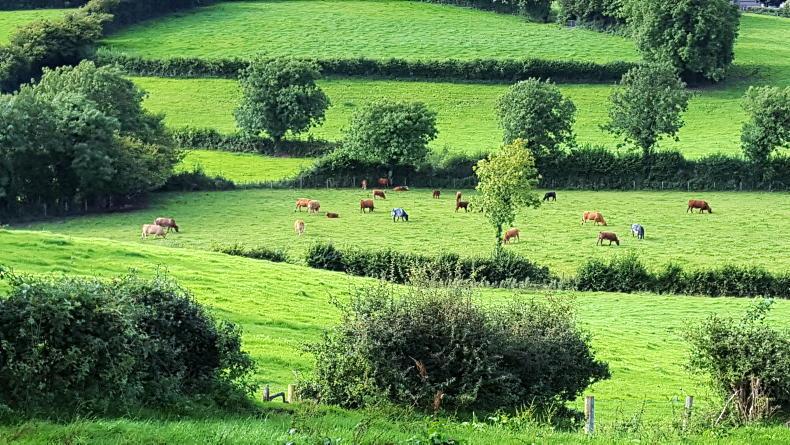
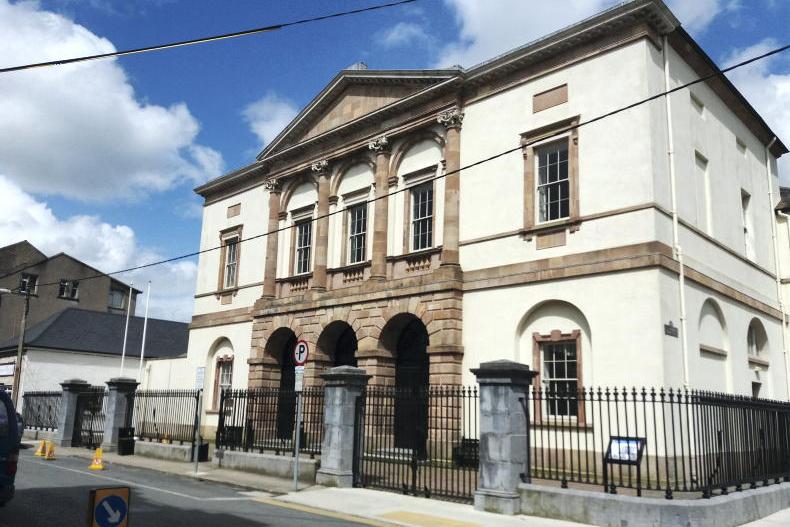

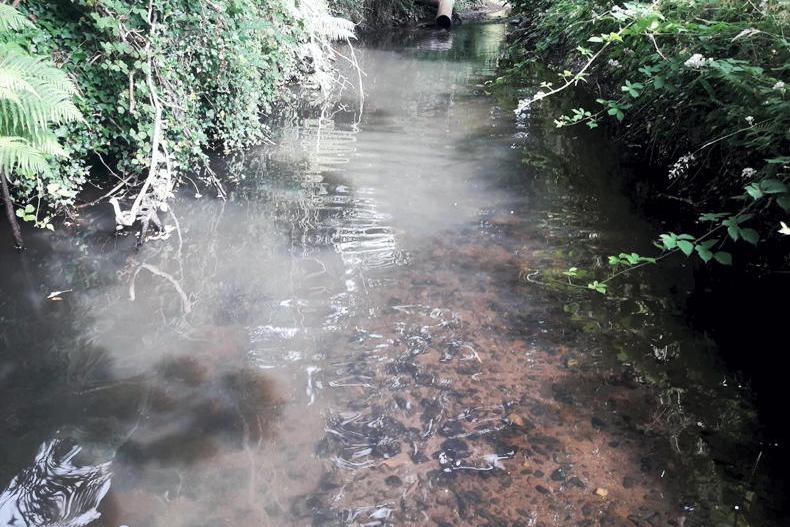
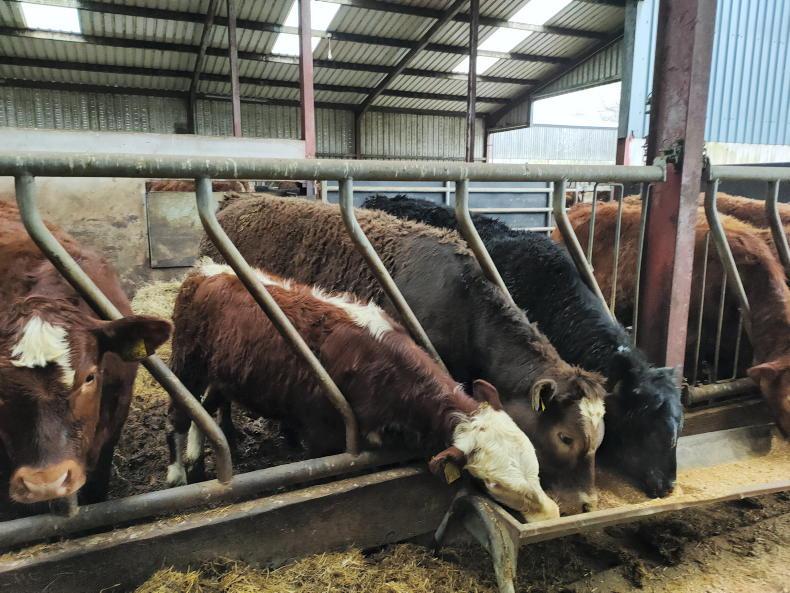
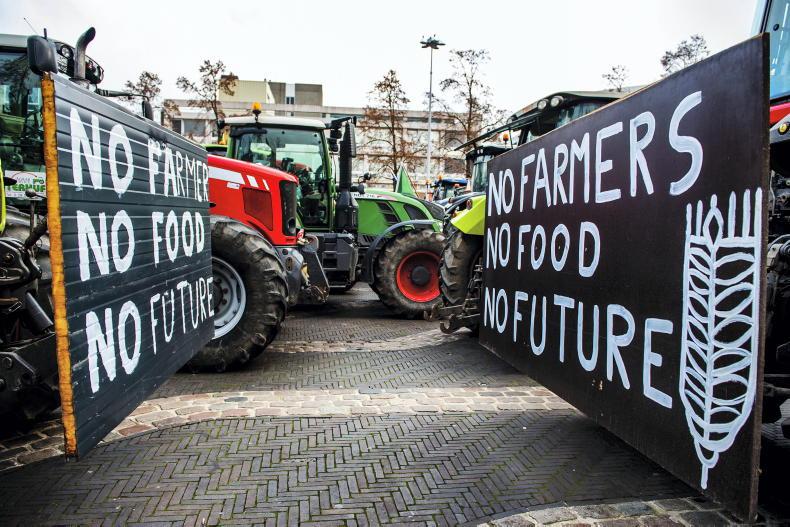
SHARING OPTIONS